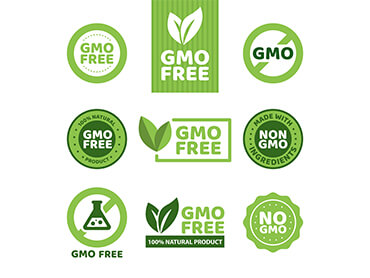The USDA’s National Organic Standards went into effect on October 21, 2002. The standards, established by the National Organics Standards Board with the help of thousands of industry and public comments, were written over a period of twelve years. Only foods that meet specific standards can display the national label.
The National Organic Program (NOP) has four classifications of certification for labeling.
100% Organic
- Foods must be produced and processed according to specific USDA guidelines
- Guidelines preclude the use of pesticides, chemical fertilizers, antibiotics, hormones, genetically modified ingredients, and irradiation, among other practices
- Foods certified to meet these requirements may display the USDA Organic label and/or the statement “100% Organic”
Organic
- Foods must be made with 95% organic ingredients
- The remaining ingredients may be non-agricultural or not commercially available in organic form
- Foods certified to meet these guidelines may display the USDA Organic label (but not the statement “100% Organic”)
Made With Organic Ingredients
- Foods made with 70-95% organic ingredients can state “Made With Organic Ingredients” on the label (and list up to three organic ingredients), but cannot display the seal
Less Than 70% Organic Ingredients
- Such foods may list organic ingredients in the packaging information panel only (not on the principal display panel)




